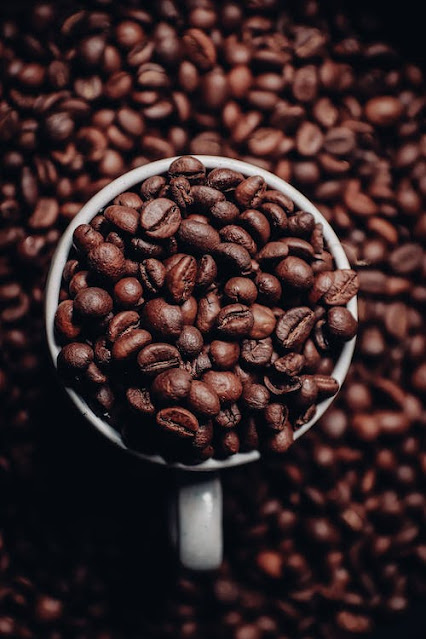The journey of coffee from beans to cup involves several intricate steps, each contributing to the final product's taste and quality. Here's an overview of the coffee-making process:
Harvesting: Coffee beans are the seeds of coffee cherries, which grow on coffee plants. The harvesting process can be done in two main ways:
a. Picking: In traditional or "hand-picked" harvesting, skilled laborers selectively pick ripe coffee cherries by hand. This method ensures that only the ripest cherries are harvested, resulting in higher-quality coffee.
b. Stripping: In large-scale production, machines are sometimes used to strip all the cherries from the coffee plant at once. This method is less selective and may include both ripe and unripe cherries.
Processing: After harvesting, the coffee cherries need to be processed to remove the outer layers and extract the beans:
a. Wet Processing: In this method, the outer skin of the cherry is removed using water to expose the beans. The beans are then fermented and washed to remove any remaining fruit pulp.
b. Dry Processing: In dry processing or "natural" processing, the whole coffee cherries are spread out to dry in the sun. Once dried, the outer layers are removed to reveal the beans.
Milling and Sorting: After processing, the beans may still have a parchment-like covering called the "parchment skin" or "pergamino." The beans are milled to remove this covering and sorted based on size and quality.
Roasting: Roasting is a critical step that transforms the green coffee beans into the aromatic, flavorful beans used for brewing. During roasting, the beans are heated to high temperatures, causing them to expand and develop their unique flavor profiles.
Grinding: The roasted coffee beans are ground into fine particles just before brewing. The fineness of the grind affects the extraction rate and the flavor of the final coffee.
Brewing: Brewing is the process of extracting the coffee's flavors and aromas from the ground beans. Various brewing methods, such as drip brewing, espresso, French press, or pour-over, are used to create different coffee beverages.
Serving: The final step is serving the brewed coffee in cups or mugs. Coffee is often enjoyed with milk, cream, sugar, or other flavorings, according to individual preferences.
It's important to note that coffee production can vary significantly based on factors such as the coffee variety, growing region, processing methods, and roasting techniques. Each of these steps contributes to the complexity and diversity of coffee flavors available to coffee enthusiasts worldwide.


No comments:
Post a Comment
Contact The Wizard!
(he/him)